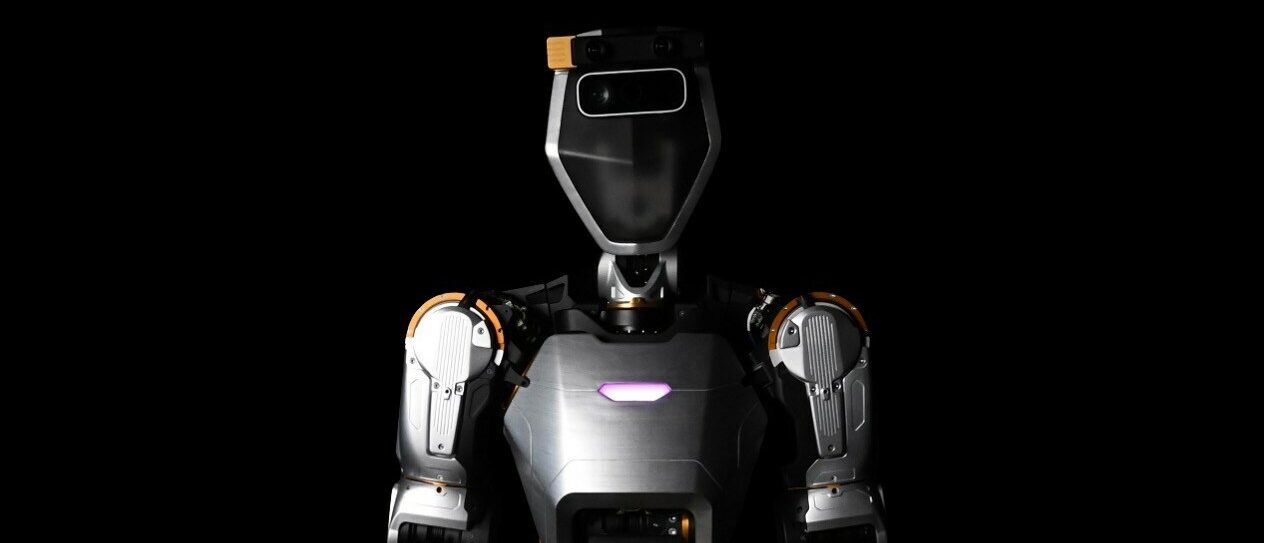
“The Terminator” is closer to reality than you may think — especially on factory floors.
An influx of humanoid robots are ready to report for work in jobs that require more strength and reliability than humans the next few years. Boston Dynamics Inc., acquired by Hyundai for $1.1 billion in 2021, plans to put its all-electric humanoid Atlas robot to work in a Hyundai factory later this year in a major commercial use case.
“The robot is going to be able to do things that are difficult for humans,” Boston Dynamics spokesperson Kerri Neelon told Wired magazine. “Like pick up very heavy objects and carry things that are awkward for humans to carry.”
The Hyundai deployment marks the first time Atlas — which has performed viral video demos since 2013 — is used in commercial manufacturing. And it is likely to usher in a wave of multipurpose humanoid robots making the transition from research labs to commercial use.
In fact, humanoid robots could reach a $38 billion market by 2035, six times what Goldman Sachs projected a year ago, according to a report from the investment firm as manufacturers take advantage of artificial intelligence (AI) and robotics to improve productivity and reduce safety risks while addressing a growing shortage of skilled labor.
Agility Robotics’ Digit, one of the first commercially deployed humanoid robots for material handling tasks in warehouses, factories and distribution centers, is already at work. Figure AI Inc.’s general-purpose robot, meanwhile, became available to customers last year. Samsung Electronics’ highly-anticipated Ballie home robot is poised to hit the shelves this summer. At the same time, Hugging Face is selling a programmable, 3D-printable robotic arm called SO-101 that can pick up and place objects.
And more is on the way: Apple Inc., Meta Platforms Inc. and Google all reportedly have some form of consumer-facing humanoid robot in the works, based on multiple reports.
Production of Tesla Inc.’s much-ballyhooed Optimus model, around since 2021, was expected to ramp up this year before company CEO Elon Musk told investors in April that plans to build “several thousand” of the robots could be impeded by restrictions on rare-earth metal exports China implemented following President Donald Trump’s sweeping tariffs.
Regardless, large language models (LLMs) are helping companies steam ahead with humanoid robot projects after previous efforts were stalled by development delays in making multipurpose humanoids able to learn different tasks. Thriving AI labs at Big Tech are leading the way of late in accelerating development. In March, for example, Google DeepMind released Gemini Robotics, a new AI model that has the adaptability of an LLM to make robots better at understanding new situations.
The road isn’t entirely clear with a few speed bumps. Safety concerns linger over how safe it is for heavy metal robots to work shoulder to shoulder with humans, and labor unions like the International Brotherhood of Teamsters remain vigilantly dead-set against the inclusion of robots in the workplace.

